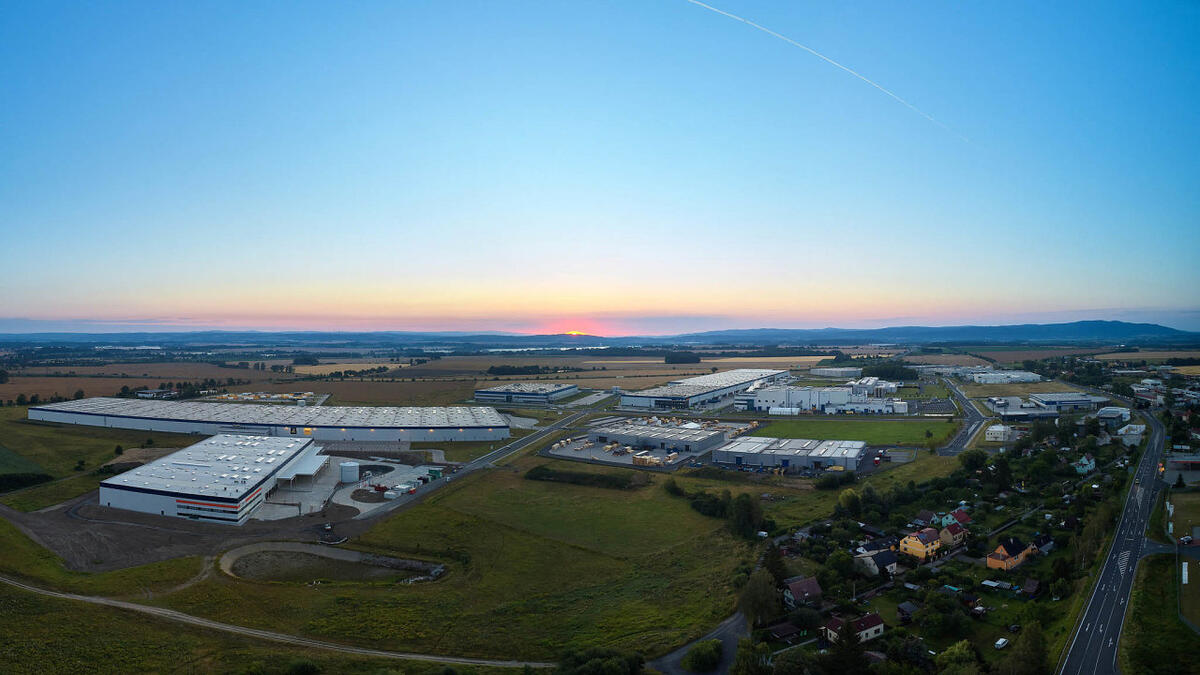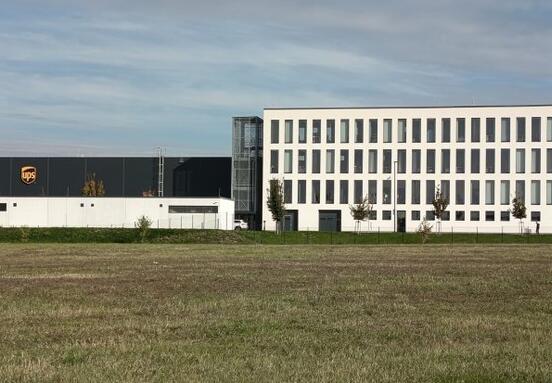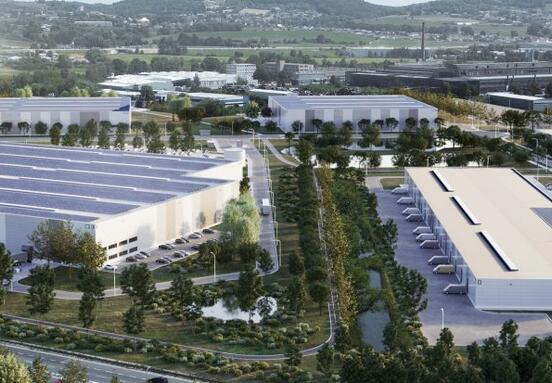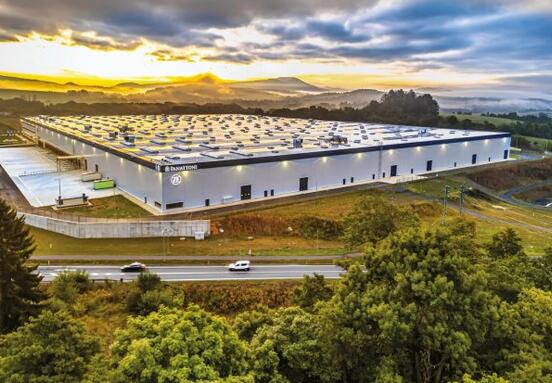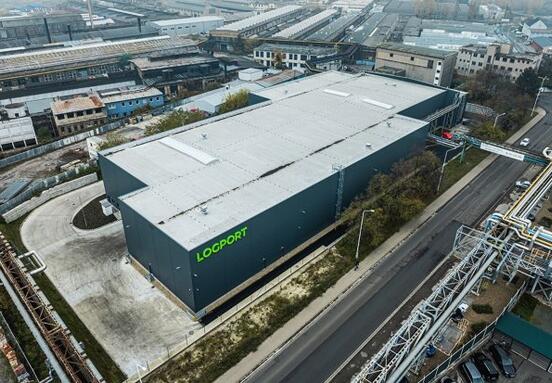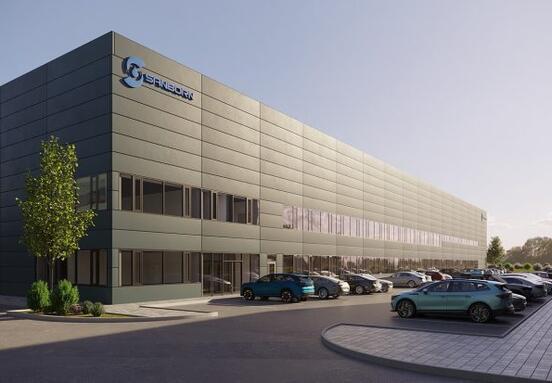At the end of 2020, the region had over 39 million square meters of modern logistics industrial space. More than half (53 percent) of this amount is located in Poland, the Czech Republic with its more than 9 million square meters in the total market in Central Europe has about 23 percent.
If we convert the data into the population of individual countries, the Czech Republic has the most industrial area - it is about 850 square meters per thousand inhabitants, while in Poland this indicator is based on 542 square meters per thousand inhabitants.
Jiří Kristek, Head of the Industrial Real Estate and Shopping Park Leasing Team, Cushman & Wakefield: “Current market data show, among other things, that the Czech Republic's location is still very attractive for the location of logistics infrastructure. As in Poland, this trend can be expected to continue in the future and the areas will continue to expand significantly, depending on market developments and the possibilities for public authorities to obtain a building permit. "
Construction is still growing, interest in it continues
Demand for storage and production facilities is high in Central Europe, making the market dynamic: more than 11.5 million square meters of new space have been completed in the last three years. The markets in Poland and the Czech Republic are growing the most, and the Romanian market is also becoming increasingly attractive to investors.
Currently, more than three million square meters are under construction in the region, of which about a third is being built speculatively, ie without secured pre-leases. This indicates the good condition of the markets, which investors consider to be much less risky than, for example, 10 years ago.
Even with such rapid development, the areas are successfully occupied: the share of unoccupied space in the whole region has remained very low for a long time. At the end of 2020, we record the lowest vacancy in the history of measurement in the Czech Republic and Hungary (this is mainly the metropolitan area of Budapest). In all countries, the vacancy rate has remained below ten percent since 2016, in the Czech Republic the average has been even below five percent since the end of 2017: currently, it is 4.2 percent, in Prague even only 2.2 percent.
Jiří Kristek, Head of Industrial Real Estate and Shopping Park Leasing Team, Cushman & Wakefield: “The record low vacancy rate in Prague is due to the long-term lack of new projects and the growing demand. Most developers are very interested in this region, however, to obtain suitable land and then all the necessary permits take a very long time, so supply lags behind demand. This is now driven mainly by the growing e-commerce market and also by the need for so-called urban logistics, which is to supply the capital. Demand is now focused on the acquisition of suitable land that meets the parameters of this use. The conversion of some retail projects or older storage/commercial areas is also at stake."
Source:// eLogistikainfo
